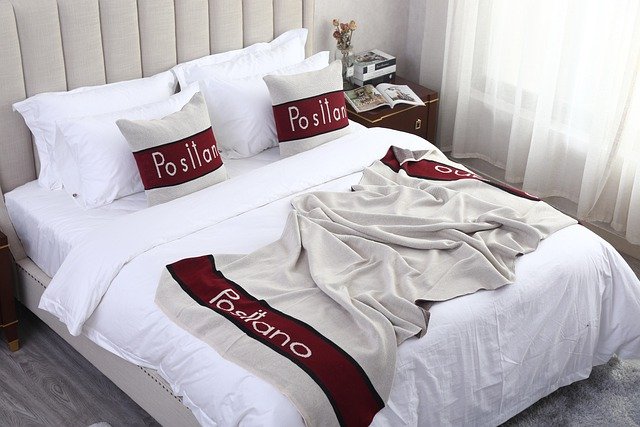Embracing the Hygge Lifestyle: Cozy Nordic Living in American Homes
The Danish concept of hygge has taken the American home design world by storm, offering a welcome antidote to our fast-paced, technology-driven lives. This article delves into the art of creating a hygge-inspired haven, exploring how this Scandinavian philosophy of comfort and contentment can transform your living spaces into warm, inviting retreats that nourish the soul and promote well-being.

The Origins of Hygge
Hygge (pronounced “hoo-ga”) is deeply rooted in Danish culture, originating from the Old Norse word “hugga,” meaning to comfort or console. This concept emerged as a coping mechanism for long, dark Scandinavian winters, encouraging people to find joy and warmth in simple pleasures and intimate gatherings.
In recent years, hygge has gained international popularity, with books, articles, and social media accounts dedicated to this lifestyle philosophy. Its appeal lies in its emphasis on creating a sanctuary from the outside world – a space where one can truly relax and recharge.
Key Elements of Hygge Design
To incorporate hygge into your home, focus on creating a warm, inviting atmosphere that engages all the senses. Soft, natural materials like wool, cotton, and wood are essential. Opt for a neutral color palette with earthy tones, punctuated by pops of muted colors.
Lighting plays a crucial role in hygge design. Avoid harsh overhead lights in favor of soft, warm illumination from table lamps, floor lamps, and candles. The flickering light of a fireplace or a collection of candles can instantly transform a room into a cozy retreat.
Texture is another important aspect. Layer your space with plush throw pillows, chunky knit blankets, and soft area rugs. These elements not only add visual interest but also create a tactile experience that invites touch and promotes relaxation.
Embracing Simplicity and Mindfulness
At its core, hygge is about simplicity and mindfulness. It encourages us to slow down, be present, and appreciate the small moments of joy in our daily lives. In your home, this can translate to decluttering your space and focusing on quality over quantity.
Choose furniture and decor items that have meaning or bring you joy. Display cherished family photos or heirloom pieces that tell a story. Create cozy nooks for reading or contemplation, where you can unplug from technology and reconnect with yourself or loved ones.
The Hygge Kitchen: Heart of the Home
In hygge philosophy, the kitchen is often considered the heart of the home – a place for gathering, sharing meals, and creating memories. To bring hygge into your kitchen, focus on creating a warm, inviting space that encourages connection and comfort.
Opt for open shelving to display beautiful ceramics or cookware. Incorporate natural materials like wood and stone for countertops and backsplashes. Consider adding a cozy breakfast nook with a window seat or a small table where family and friends can gather for intimate meals or conversations.
Outdoor Hygge: Extending Comfort to Your Garden
While hygge is often associated with indoor spaces, it can also be extended to your outdoor areas. Create a cozy garden retreat by incorporating comfortable seating, soft lighting, and natural elements.
Consider adding a fire pit or outdoor fireplace for gatherings on cool evenings. String lights or lanterns can create a magical atmosphere, while plush outdoor cushions and throws invite relaxation. Encourage wildlife by incorporating native plants and bird feeders, adding to the sense of connection with nature.
The Health Benefits of Hygge Living
Embracing hygge in your home design can have significant benefits for your mental and physical well-being. The emphasis on comfort, relaxation, and connection can help reduce stress and anxiety, promote better sleep, and improve overall mood.
Studies have shown that creating a calm, cozy environment can lower cortisol levels (the stress hormone) and increase the production of serotonin (the happiness hormone). By prioritizing comfort and mindfulness in your living spaces, you’re not just improving your home’s aesthetics – you’re investing in your health and happiness.
Incorporating Hygge into Your Daily Routine
Beyond home design, hygge can be integrated into your daily life through simple rituals and practices. Start your day with a quiet moment of reflection over a cup of coffee or tea. End your evenings with a relaxing bath or a good book by candlelight. Make time for shared meals with loved ones, focusing on good food and meaningful conversation.
By embracing the hygge lifestyle, you’re not just transforming your living spaces – you’re cultivating a mindset of gratitude, presence, and contentment that can profoundly impact your overall quality of life.





